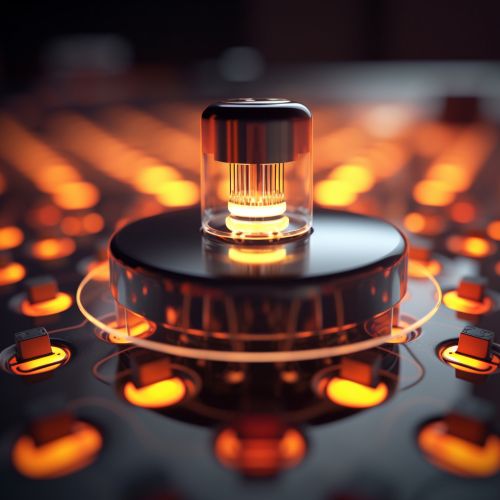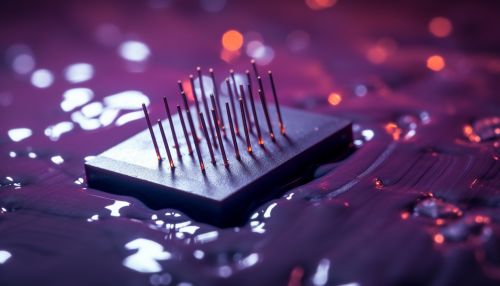Schottky Diode
Introduction
A Schottky diode, also known as a hot carrier diode, is a semiconductor diode which has a low forward voltage drop and a very fast switching action. Named after German physicist Walter H. Schottky, it is a type of metal-semiconductor junction diode that is less damaging to a circuit's responsive time.


History
The Schottky diode was named after its inventor, Walter H. Schottky, a German physicist. Schottky made significant contributions to the field of semiconductor technology, and his work on semiconductor theory led to the development of the Schottky diode.
Structure and Operation
The Schottky diode consists of a metal layer that is in direct contact with a semiconductor layer. The metal side acts as the anode, and the semiconductor side acts as the cathode. This structure differs from a standard diode, which consists of a P-N junction rather than a metal-semiconductor junction.
When a forward bias is applied to the Schottky diode, the majority carriers in the semiconductor (electrons in N-type, holes in P-type) start to move towards the metal-semiconductor junction. This movement of majority carriers results in a current flow from the anode to the cathode.
Characteristics
Schottky diodes have several unique characteristics that differentiate them from other diodes. These include a low forward voltage drop, high switching speed, and high reverse leakage current.
Low Forward Voltage Drop
One of the key characteristics of Schottky diodes is their low forward voltage drop, typically between 0.15 and 0.45 volts. This is significantly lower than the forward voltage drop of a standard silicon diode, which is typically around 0.7 volts. This low forward voltage drop results in lower power loss and higher efficiency, making Schottky diodes ideal for applications where efficiency is a concern.
High Switching Speed
Schottky diodes are known for their high switching speed, which is a result of their majority carrier conduction mechanism. Unlike standard diodes, which require a certain amount of time to turn off due to the need to recombine minority carriers, Schottky diodes can switch off almost instantly. This makes them ideal for high-frequency applications.
High Reverse Leakage Current
While the low forward voltage drop and high switching speed of Schottky diodes are advantageous, they also have a drawback: a high reverse leakage current. This is due to the fact that the barrier for carrier movement in the reverse direction is relatively low. As a result, a significant amount of current can flow in the reverse direction, especially at high temperatures.
Applications
Due to their unique characteristics, Schottky diodes are used in a wide range of applications. These include power rectification, voltage clamping, and as a protection diode in power supply circuits.
Power Rectification
One of the most common applications of Schottky diodes is in power rectification. Their low forward voltage drop and high switching speed make them ideal for this application. In a power supply circuit, the Schottky diode can be used to convert alternating current (AC) to direct current (DC).
Voltage Clamping
Schottky diodes are also used in voltage clamping applications. In this application, the diode is used to limit the voltage to a certain level. If the voltage exceeds this level, the diode will conduct, effectively clamping the voltage.
Protection Diode in Power Supply Circuits
Schottky diodes are often used as protection diodes in power supply circuits. In this application, the diode is connected in parallel with a component or circuit that it is protecting. If a voltage spike occurs, the diode will conduct, diverting the current away from the component or circuit and protecting it from damage.
